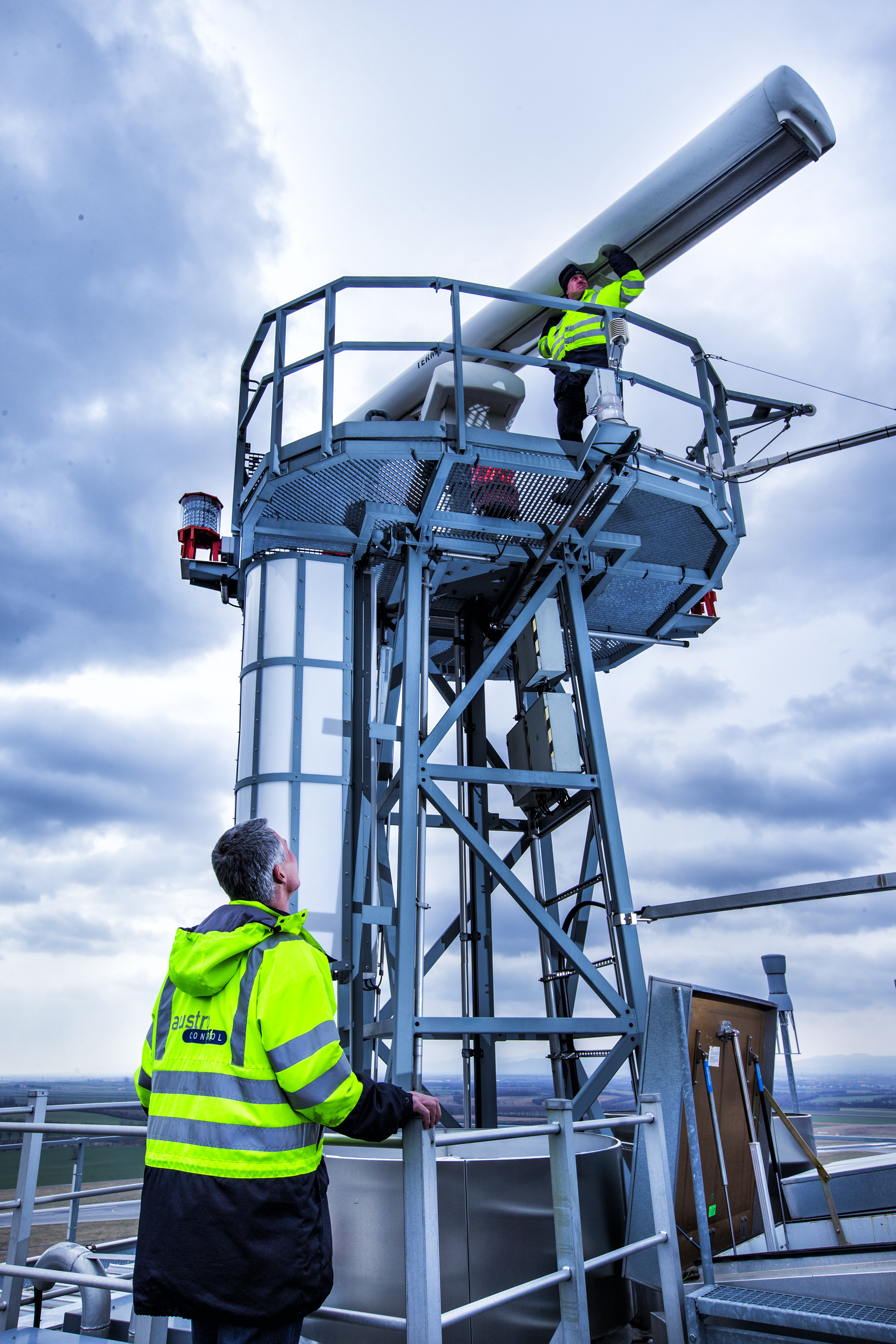FAB CE’s communications, navigation and surveillance (CNS) infrastructure planning project – which has investigated potential savings available from developing equipment procurement programmes among FAB CE air navigation service providers (ANSPs) on a regional rather than national basis – has identified up to EUR12.4 million savings in equipment procurement costs over the next few years.
The work programme has researched two mechanisms: cross-border optimization of infrastructure deployment and the application and alignment of smart procurement policies.
The project findings, contained within a scope of recommendations and business case study 2020/2021, received positive feedback at the recent CEO Committee meeting – with the proviso that the analysis will need to be further updated to take into account future traffic conditions and cost containment measures as a result of the COVID-19 pandemic.
“It has been an important initiative which points the way to future collaboration in CNS equipment purchasing and the possible savings available, especially in the surveillance domain,” said Matej Eljon, FAB CE Programme Manager and Director of FAB CE Aviation Ltd. “However, COVID-19 has had a significant impact on the investment plans, either delaying or in some cases completely cancelling major programmes. This has significantly limited the potential for common procurement and wider cross-border opportunities in the RP3 reporting period.”
However, project planners have recommended that FAB CE establish a common equipment planning platform among all participating FAB CE ANSPs that would allow harmonisation of CNS infrastructure planning despite the volatile traffic conditions. In particular, the programmes managers recommended that two FAB CE ANSPs undertake the joint purchase of a single radar to cover both states and that the renewal of the DME network should be undertaken at a regional, rather than national level, leading to considerable savings.
“We see benefits in areas such as coordinated deployment of ADS-B and reducing the minimum number of required radar sites and ground-based NAVAIDs – these should continue to be investigated regardless of prevailing traffic conditions,” said Matej Eljon.
The study covered the entire range of CNS equipment procurement, from monopulse, primary radars and secondary surveillance systems through to ground-based navigational aids, satellite-based landing systems and digital communications.

